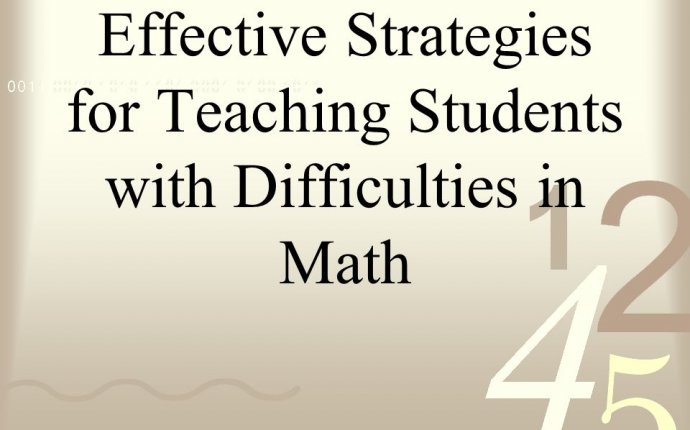
Effective strategies for teaching
(1)Benjamin, A. S., & Tullis, J. (2010). What makes distributed practice effective? Cognitive Psychology, 61, 228-247.
(2) Roediger, H. L., Putnam, A. L., & Smith, M. A. (2011). Ten benefits of testing and their applications to educational practice. In J. Mestre & B. Ross (Eds.), Psychology of learning and motivation: Cognition in education, (pp. 1-36). Oxford: Elsevier.
(3) McDaniel, M. A., & Donnelly, C. M. (1996). Learning with analogy and elaborative interrogation. Journal of Educational Psychology, 88, 508-519.
(4) Rohrer, D. (2012). Interleaving helps students distinguish among similar concepts. Educational Psychology Review, 24, 355-367.
(5) Rawson, K. A., Thomas, R. C., & Jacoby, L. L. (2014). The power of examples: Illustrative examples enhance conceptual learning of declarative concepts. Educational Psychology Review, 27, 483-504.
(6) Mayer, R. E., & Anderson, R. B. (1992). The instructive animation: Helping students build connections between words and pictures in multimedia learning. Journal of Educational Psychology, 4, 444-452.
(7) Pomerance, L., Greenberg, J., & Walsh, K. (2016, January). Learning about learning: What every teacher needs to know. Retrieved from








